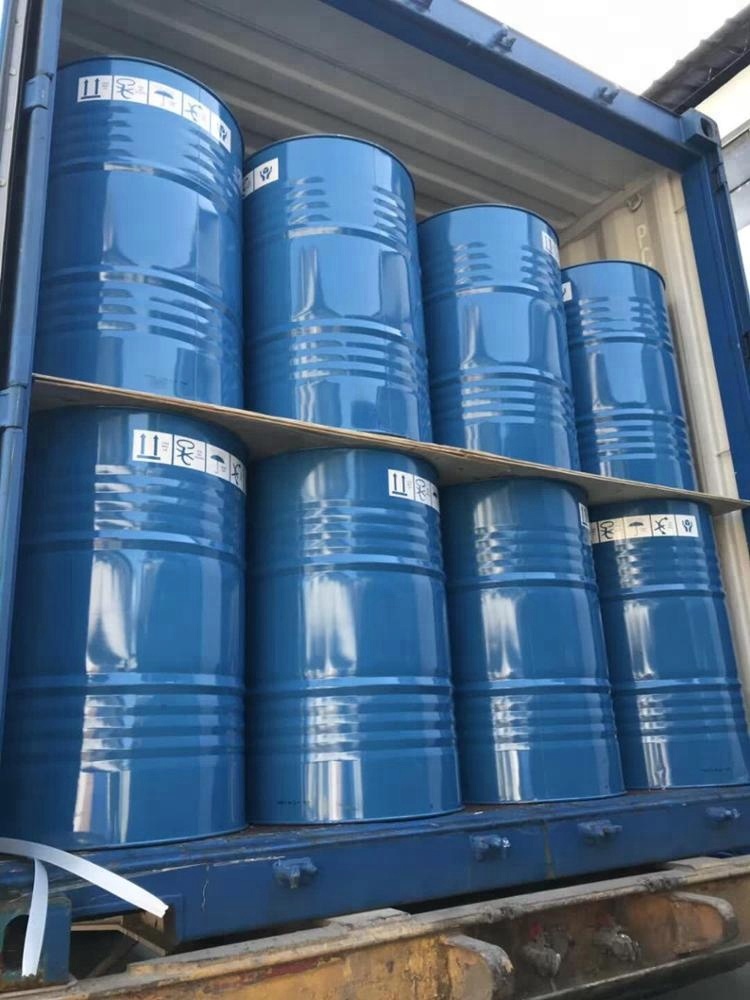DMC, as an important raw material in the
organic silicon industry chain, its price fluctuations directly affect the cost structure and market competitiveness of many downstream industries. Recently, a single factory in Shandong announced an increase in DMC quotation of 400 yuan/ton and the restoration of free shipping policy. This move is not only a direct response to the current cost increase, but also a comprehensive consideration of the market supply and demand pattern, upstream and downstream linkage of the industrial chain, and macroeconomic expectations.
From a cost perspective, factors such as rising raw material prices and increased environmental requirements have pushed up production costs, forcing individual factories to transfer pressure by raising prices. At the same time, the restoration of free shipping policies has to some extent alleviated the transportation costs of downstream enterprises, but it has also raised doubts in the market about the unanimous determination of upstream manufacturers to raise prices, especially in the context of weak demand. Whether this strategy can effectively boost market confidence remains to be seen.

From the perspective of market supply and demand, this price adjustment has disrupted the original price balance, prompting mainstream market quotations to approach higher levels, and posing certain cost pressures on middle and downstream enterprises. However, due to weak demand and inventory backlog, midstream and downstream enterprises generally adopt cautious procurement strategies, resulting in low market transaction activity, which constrains the continuous rise of DMC prices.
In the long run, the healthy development of the
DMC market depends on the collaborative cooperation between the upstream and downstream of the industry chain, as well as the structural adjustment and transformation upgrading within the industry. The government, industry associations, and enterprises should work together to promote technological innovation, industrial upgrading, strengthen market development, and build a more stable and sustainable industrial chain ecology to cope with the uncertainty of the future market.
